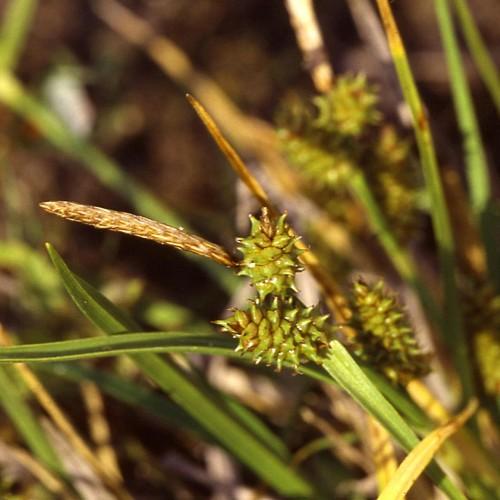
Little Green Sedge
Carex viridula
Watering:
Minimal
Hardiness Zone:
Flowers:
Flowers
Sun:
full sun,part shade
Fruits:
Fruits Ready In Fall
Leaf:
Yes
Growth Rate:
High
Drought Tolerant:
Yes
Salt Tolerant:
Yes
Invasive:
Yes
Care Level:
Medium
watering
Inflated Sedge responds best when it receives a moderate amount of water. During the summer months, water it once a week, supplying 1 to 1.5 inches (2.5 to 4 cm) of water. It is important to deep-soak the area during each watering. During the winter months, water it every other week, supplying the same amount of water as during the summer. This is especially important if the temperatures are warm and the soil is dry. It is not necessary to water if there is rain.
sunlight
Inflated Sedge (Carex vesicaria) does best in full sun to partial shade. It prefers 6 to 8 hours of full sun each day to retain its upright growing habit and dense foliage. While it can grow in nearly full shade, it will struggle to keep its rich color and will appear more yellow-green than its true olive-green. It is also important to note that this species does like to be kept moist, so providing it with a few hours of dappled shade throughout the day can help with moisture retention, while still providing enough light for proper growth.
pruning
Inflated Sedge (Carex vesicaria) can be pruned as needed in order to maintain the desired shape and size. Prune any dying or dead leaves and stems. Prune any parts of the plant that appear to be diseased. After the flowering period – which typically takes place from the end of spring to early summer – you can prune the inflorescence (flowering portion of the plant) in order to encourage further flowering. In the spring and fall, it can be beneficial to prune the plant back to encourage new growth and keep the plant looking healthy and tidy. Pruning should be done with sharp, sterilized pruning shears or scissors, and all pruned material should be disposed off properly.
